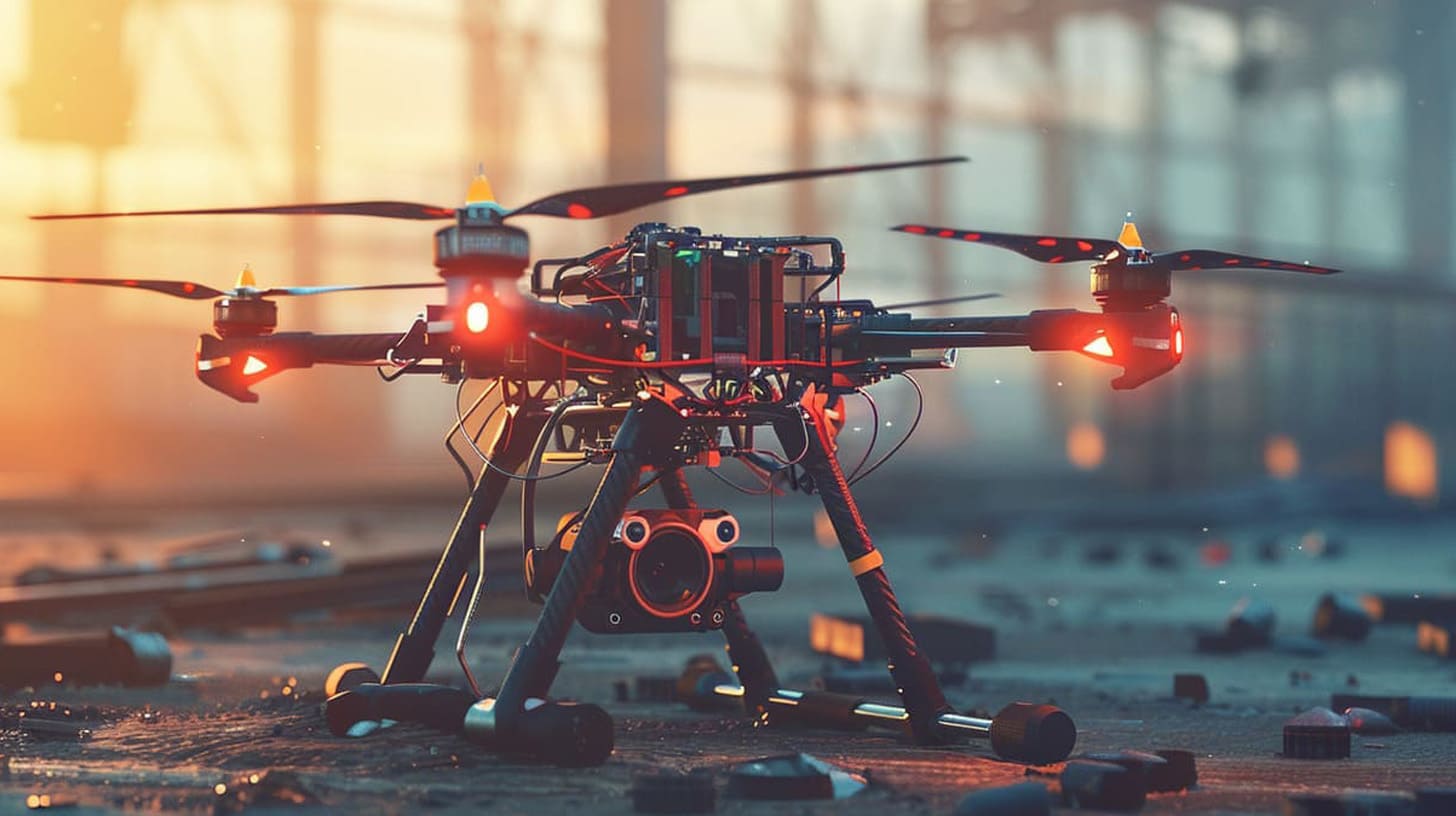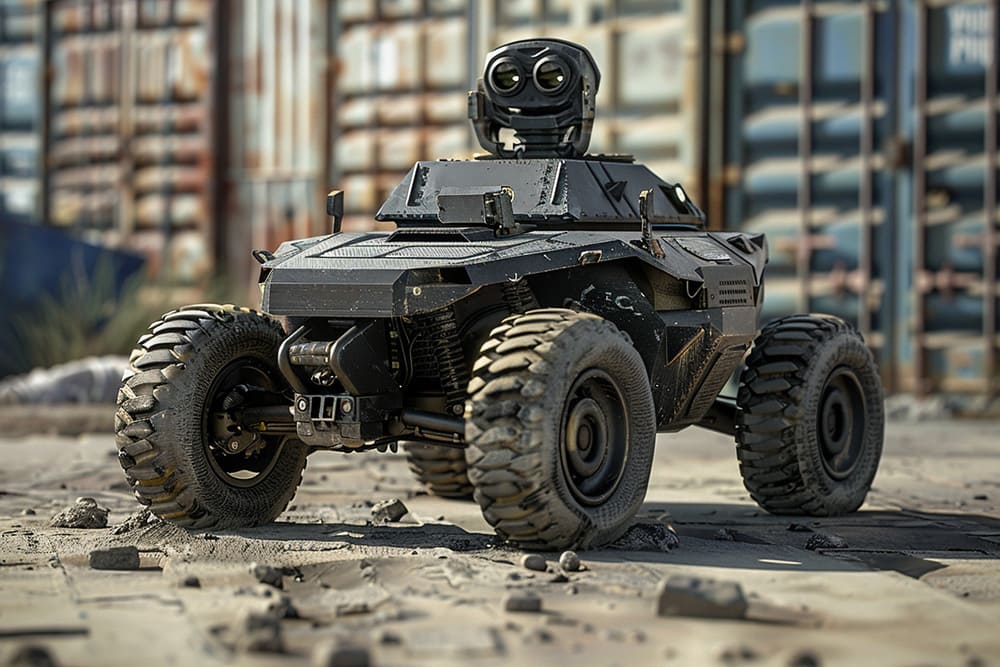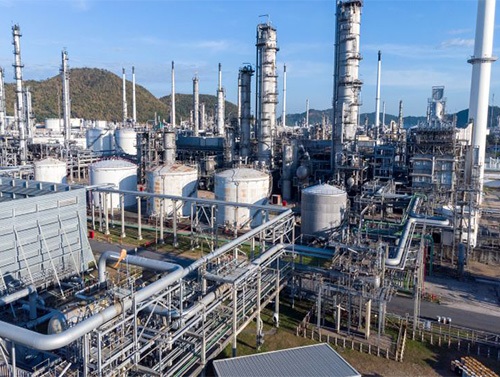
Autonomous
Unmanned technology refers to the utilization of advanced automation and intelligence technologies to enable devices or systems to perform various tasks and operations without the need for direct human control. These technologies typically include artificial intelligence, machine learning, sensor technology, autonomous navigation, and control systems, allowing devices to perceive the environment, make decisions, and execute tasks.
The primary application areas of unmanned technology include aerospace, land transportation, marine exploration, industrial production, healthcare, and environmental monitoring, among others. For example, the development and application of unmanned aerial vehicles (UAVs), or drones, have become a significant field within unmanned technology.
These technologies can be equipped with various sensors to achieve a wider range of applications. These sensors may include cameras, gas sensors, LiDAR sensors, infrared sensors, weather sensors, biological sensors, etc., used for environmental perception, data collection, and task execution. For instance, drones can be equipped with cameras, gas and infrared sensors for aerial photography, surveillance, and fire detection; autonomous vehicles can be equipped with LiDAR sensors and ultrasonic sensors for environment perception and obstacle avoidance; unmanned underwater vehicles can be equipped with sonar and water quality sensors for marine surveying and water quality monitoring. The advantage of unmanned technology equipped with sensors lies in its ability to enhance environmental awareness, improve data collection efficiency, and enhance task execution accuracy while reducing reliance on human resources and operational risks, thus providing more efficient and safer solutions across various fields.
Technology Features
Increase detection range, ensure personnel safety
Diverse Monitoring Capabilities: Drones can carry various types of sensors, including cameras, infrared cameras, thermal imagers, LiDAR, meteorological sensors, etc., enabling diverse monitoring and detection of ground, water, and aerial targets. This diversity in monitoring capabilities allows drones to be applied in multiple fields such as agriculture, environmental monitoring, disaster assessment, security surveillance, etc
Flexibility and Maneuverability: Drones possess flexible maneuverability and operability, allowing them to be rapidly deployed to areas requiring monitoring without being restricted by terrain. They can move flexibly in both vertical and horizontal directions, enabling coverage of large areas and precise monitoring in complex environments
Efficiency and Cost-effectiveness: Compared to traditional monitoring methods, drones equipped with sensors offer higher efficiency and cost-effectiveness. Drones can quickly complete monitoring tasks, saving human and material resources while reducing monitoring costs. Moreover, they can execute tasks in hazardous or hard-to-reach areas, reducing risks to personnel
Real-time Data Acquisition: Drones can acquire data collected by sensors in real-time and transmit it via data links to ground stations or control centers for real-time monitoring and analysis. This real-time data acquisition capability enables decision-makers to promptly understand the situation in the target area and make quick responses and adjustments
High-resolution Imagery and Data: Sensors mounted on drones typically have high-resolution imaging and data acquisition capabilities, allowing them to capture clear, detailed images and data. This high-resolution imagery and data facilitate precise analysis of target area characteristics and changes, enhancing monitoring accuracy and reliability



















